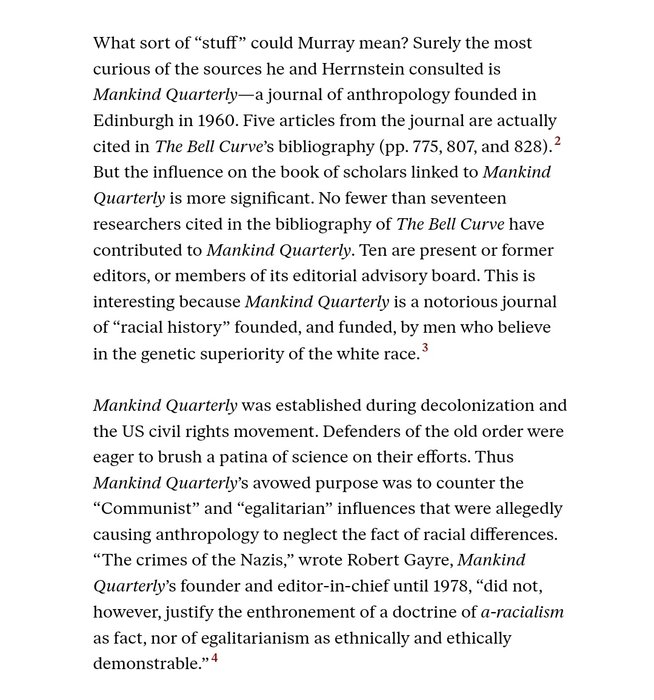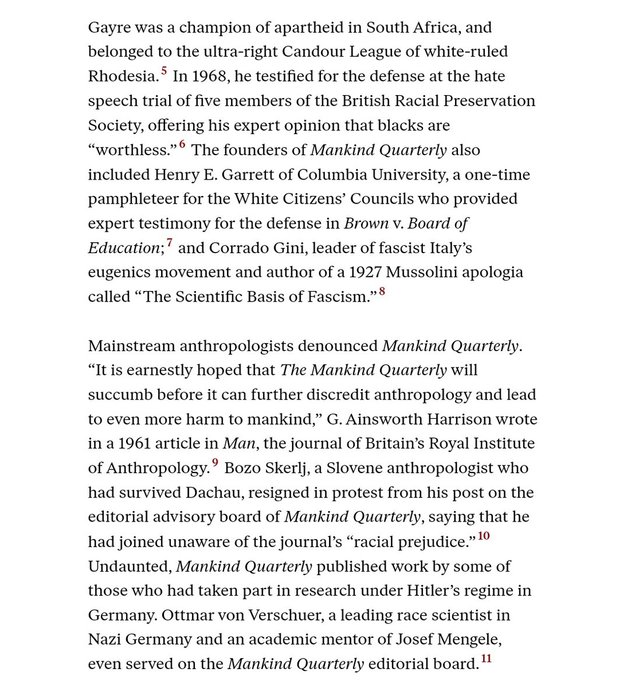Sublime
An inspiration engine for ideas
Neurodiversity
Anne-Laure Le Cunff and • 18 cards
À dix-neuf ans, une de ses créations l’a rendu frêle millionnaire. À l’abri, il s’est méfié peu à peu de son seul pays, Internet. Il a tenté de nous alerter : derrière le miroir aux alouettes se joue une bataille de tranchées pour ce qu’il reste de la liberté, de notre capacité à penser. L’économie de marché a massacré relations, nature et air
... See moreFlore Vasseur • Ce qu'il reste de nos rêves (LITTERATURE (NO) (French Edition)


One of my favorite take-downs of a book is a piece Charles Lane wrote about The Bell Curve, for the New York Review of Books. It goes deep into Mankind Quarterly's history. Complete rogues gallery of eugenicists, white supremacists, and psychos. https://t.co/FctWyk6P3U

having worked on the Newton at Apple (1995-1996) and at PalmSource (immed prior to London) this is such a mind-blowing flashback 🤯 thank you @verge via @daniellenewnham 😍 “Springboard: the secret history of the first real smartphone (Full Documentary)” https://t.co/EB4geW2g25 https://t.co/r3o2gtBflB
Autism has long functioned as a limit case in cognitive studies, purportedly representing the bounds of the human.
Melanie Yergeau • Authoring Autism
New Scientist | Science news, articles, and features
newscientist.com
The term neurodiversity was coined by autistic researcher Judy Singer in 1998 and was originally conceived in relation to autistic brains.
Ashley Shew • Against Technoableism: Rethinking Who Needs Improvement (A Norton Short)
As Tyler Cowen said: “What we’re trying to do with the web is we’re trying to mimic the cognitive strengths of autistic people.” Usually, those influences will be neuro-diverse with disabilities like ADHD and autism. While most of the world (especially the educational establishment) sees these traits as flaws to be cured, you should see them as... See more
